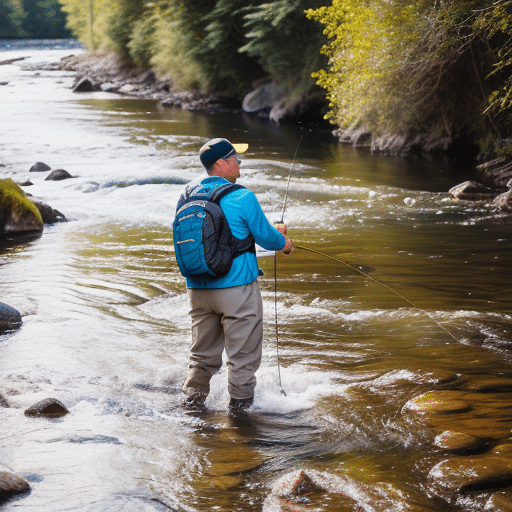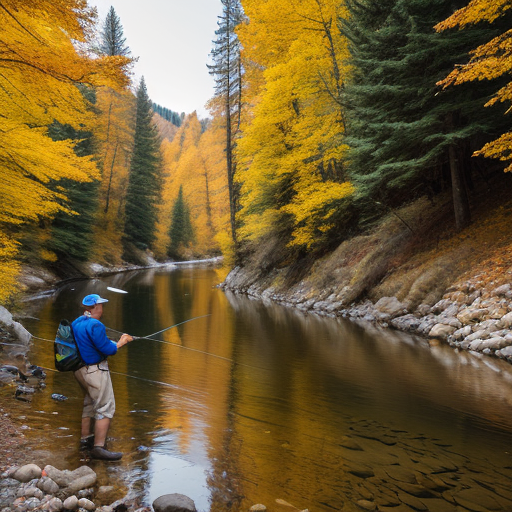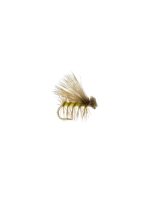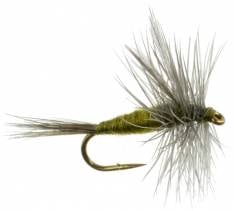Hey there, aspiring fly anglers! Are you ready to gear up for your fly fishing journey? Just like a wizard needs the perfect wand, you need the right equipment to work your magic on the water. Don’t worry, we’ve got you covered! In this guide, we’ll break down the secrets to selecting the right fly fishing equipment for beginners. So, put on your fishing hats and let’s dive into the world of gear selection!

The Enchanting Fly Rod Your fly rod is like a magic wand that casts spells upon the water. Here’s what you need to consider:
- Rod length: A 9-foot rod is versatile and suitable for different fishing situations.
- Rod weight: Beginners should start with a 5 or 6 weight rod, which works well for various fish.
- Action: Look for a rod with moderate or medium-fast action. It gives you a good balance of flexibility and power.
The Trusty Fly Reel Your fly reel is the loyal companion that holds your line and helps you control your catch. Consider these factors:
- Reel size: Choose a reel that matches the weight of your fly rod for the best balance.
- Drag system: A good beginner reel should have a reliable and adjustable drag system to handle strong fish.
- Material and construction: Look for a reel made of durable materials like aluminum, so it lasts longer.
The Invisible Line: Fly Line and Backing Your fly line is like an invisible thread that connects you to your fish. Here’s what you should know:
- Weight-forward (WF) line: This type of line is versatile and helps you cast farther and control your fly better.
- Line weight: Match the line weight to your rod weight for the best performance.
- Backing: Attach backing to your fly line to prevent running out of line when you’re fighting bigger fish. Aim for 100-200 yards.
The Leader and Tippet Ensemble The leader and tippet are the final threads that lead to fly fishing success. Here’s the lowdown:
- Leader length and weight: Start with a 9-foot tapered leader in the appropriate weight for the fish you’re targeting.
- Tippet size: Use a tippet that matches the size of your fly and the fish you’re after. Thinner tippets are used for delicate presentations.
The Alluring Flies Flies are the heart and soul of fly fishing. Here’s what you need to consider:
- Fly types: Begin with versatile patterns like nymphs (imitate underwater insects), dry flies (imitate insects floating on the water’s surface), and streamers (imitate small fish or prey).
- Fly sizes and colors: Select flies that match the insects found in your fishing area and the preferences of the fish you want to catch.
The Accessories that Complete the Quest While not essential, these accessories can enhance your fly fishing experience:
- Fly boxes: Keep your flies organized and easily accessible.
- Fishing vest or pack: Carry your gear, tools, and snacks conveniently.
- Polarized sunglasses: Protect your eyes and see beneath the water’s surface to spot fish and avoid obstacles.
With the right fly fishing equipment, you’re well on your way to becoming a skilled angler. Remember to choose gear that matches your skill level, target fish, and fishing conditions. Embrace the magic of the fly rod, reel in excitement with the perfect line, and unlock the secrets of the flies that fish cannot resist. So, gear up, cast your dreams upon the water, and let the magic of fly fishing unfold as you embark on unforgettable adventures. Let’s recap the key points:
- Choose a 9-foot fly rod with a weight of 5 or 6 for versatility and ease of use.
- Look for a reel that matches the weight of your rod and has a reliable drag system.
- Opt for weight-forward fly line, matching its weight to your rod, for better casting and control.
- Attach backing to prevent running out of line when battling larger fish.
- Start with a 9-foot tapered leader, matching its weight to your target fish species.
- Use an appropriate tippet size that matches your fly and the fish you’re after.
- Begin with versatile fly patterns like nymphs, dry flies, and streamers.
- Choose flies that mimic the insects found in your fishing area and appeal to your target fish.
- Consider accessories like fly boxes, a fishing vest or pack, and polarized sunglasses for a more convenient and enjoyable experience.
Remember, as a beginner, it’s important to start with equipment that suits your needs and skill level. As you gain experience and explore different fishing situations, you can always expand your gear collection.
So, don your fishing hat, assemble your gear, and venture into the realm of fly fishing. Let the rhythmic casting of your rod and the dance of your fly on the water ignite your passion for this magical sport. With patience, practice, and the right equipment, you’ll unlock the wonders of fly fishing and create memories that will last a lifetime. Tight lines and happy angling!


